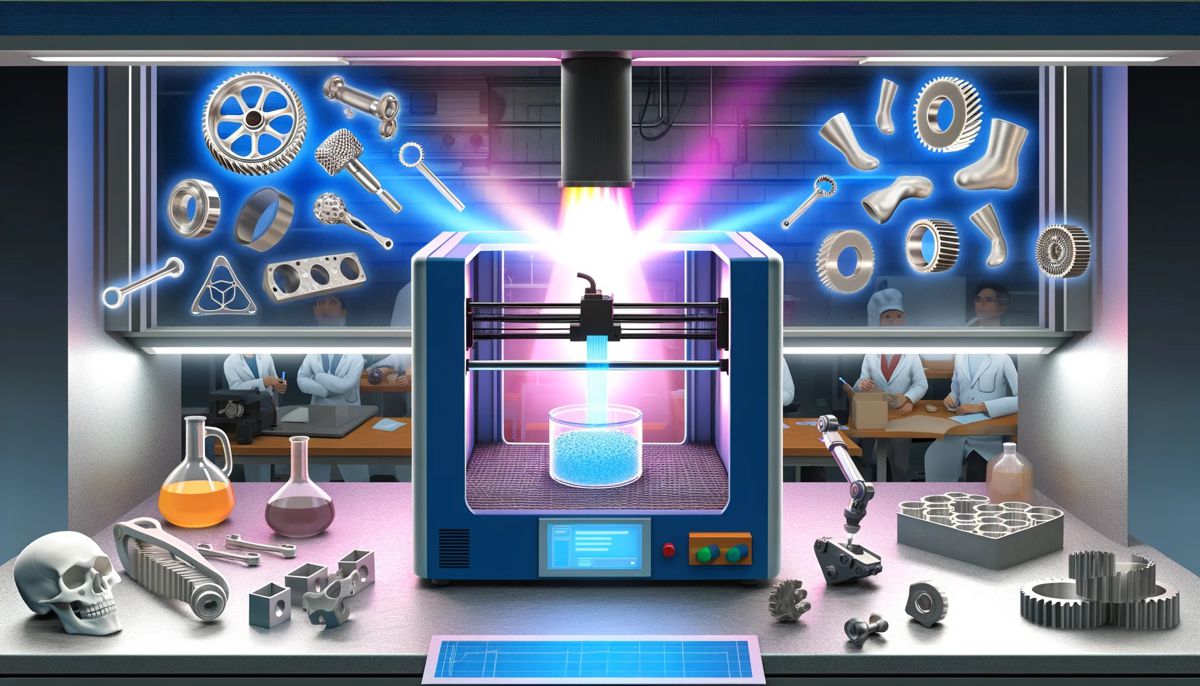AI paving the way to to new rare-earth compounds
Artificial intelligence advances how scientists explore materials. Researchers from Ames Laboratory and Texas A&M University trained a machine-learning (ML) model to assess the stability of rare-earth compounds.
This work was supported by Laboratory Directed Research and Development Program (LDRD) program at Ames Laboratory. The framework they developed builds on current state-of-the-art methods for experimenting with compounds and understanding chemical instabilities.
Ames Lab has been a leader in rare-earths research since the middle of the 20th century. Rare earth elements have a wide range of uses including clean energy technologies, energy storage, and permanent magnets. Discovery of new rare-earth compounds is part of a larger effort by scientists to expand access to these materials.
The present approach is based on machine learning (ML), a form of artificial intelligence (AI), which is driven by computer algorithms that improve through data usage and experience. Researchers used the upgraded Ames Laboratory Rare Earth database (RIC 2.0) and high-throughput density-functional theory (DFT) to build the foundation for their ML model.
High-throughput screening is a computational scheme that allows a researcher to test hundreds of models quickly. DFT is a quantum mechanical method used to investigate thermodynamic and electronic properties of many body systems. Based on this collection of information, the developed ML model uses regression learning to assess phase stability of compounds.
Tyler Del Rose, an Iowa State University graduate student, conducted much of the foundational research needed for the database by writing algorithms to search the web for information to supplement the database and DFT calculations. He also worked on experimental validation of the AI predictions and helped to improve the ML based models by ensuring they are representative of reality.
“Machine learning is really important here because when we are talking about new compositions, ordered materials are all very well known to everyone in the rare earth community,” said Ames Laboratory Scientist Prashant Singh, who led the DFT plus machine learning effort with Guillermo Vazquez and Raymundo Arroyave. “However, when you add disorder to known materials, it’s very different. The number of compositions becomes significantly larger, often thousands or millions, and you cannot investigate all the possible combinations using theory or experiments.”
Singh explained that the material analysis is based on a discrete feedback loop in which the AI/ML model is updated using new DFT database based on real-time structural and phase information obtained from our experiments. This process ensures that information is carried from one step to the next and reduces the chance of making mistakes.
Yaroslav Mudryk, the project supervisor, said that the framework was designed to explore rare earth compounds because of their technological importance, but its application is not limited to rare-earths research. The same approach can be used to train an ML model to predict magnetic properties of compounds, process controls for transformative manufacturing, and optimize mechanical behaviours.
“It’s not really meant to discover a particular compound,” Mudryk said. “It was, how do we design a new approach or a new tool for discovery and prediction of rare earth compounds? And that’s what we did.”
Mudryk emphasized that this work is just the beginning. The team is exploring the full potential of this method, but they are optimistic that there will be a wide range of applications for the framework in the future.
This research is further discussed in the paper “Machine-learning enabled thermodynamic model for the design of new rare-earth compounds,” authored by P. Singh, T. Del Rose, G. Vazquez, R. Arroyave, and Y. Mudryk; and published in Acta Materialia.
Ames Laboratory is a U.S. Department of Energy Office of Science National Laboratory operated by Iowa State University. Ames Laboratory creates innovative materials, technologies, and energy solutions. We use our expertise, unique capabilities, and interdisciplinary collaborations to solve global problems.
Ames Laboratory is supported by the Office of Science of the U.S. Department of Energy. The Office of Science is the single largest supporter of basic research in the physical sciences in the United States and is working to address some of the most pressing challenges of our time. For more information, please visit https://energy.gov/science.















